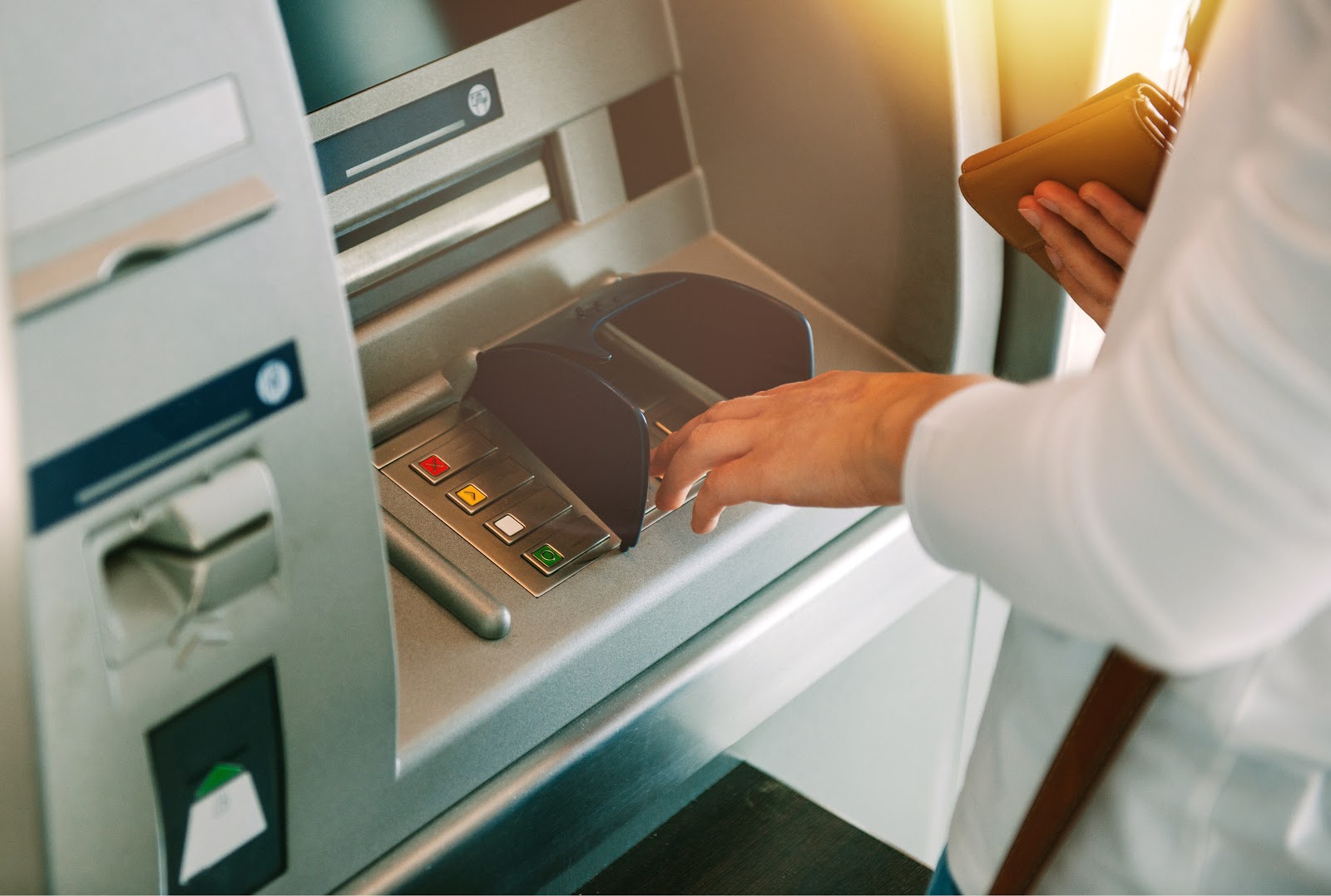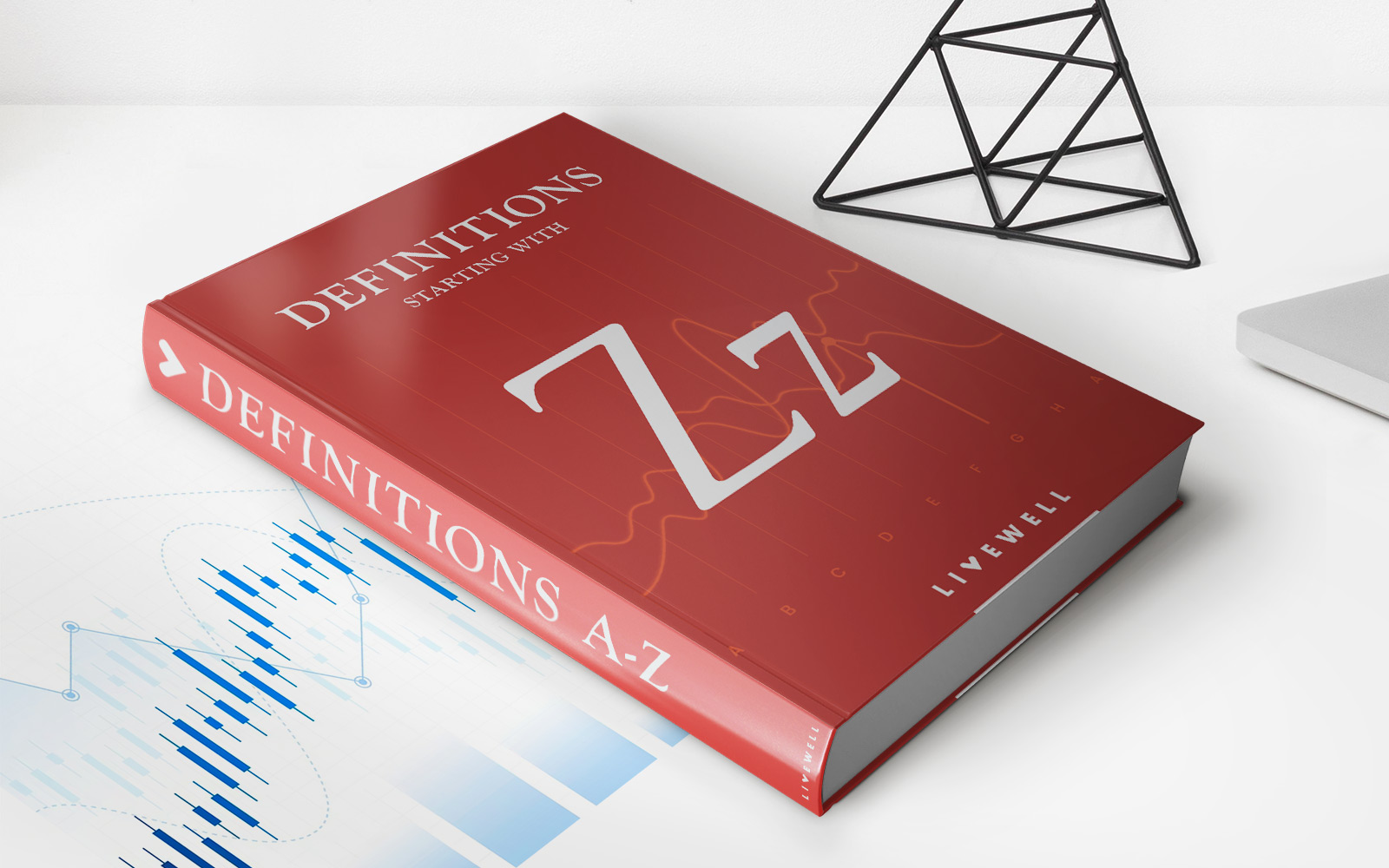

Finance
What Is The Maximum Credit Line For Credit One
Modified: February 25, 2024
Find out the maximum credit line for Credit One and how it can help you manage your finances. Discover your financial possibilities with Credit One today!
(Many of the links in this article redirect to a specific reviewed product. Your purchase of these products through affiliate links helps to generate commission for LiveWell, at no extra cost. Learn more)
Table of Contents
Introduction
Welcome to the world of credit cards! If you’re new to the finance world or looking to expand your credit options, you may have come across Credit One. As one of the leading credit card providers, Credit One offers a range of credit cards for individuals with different credit profiles. One important factor to consider when choosing a credit card is the maximum credit line that is available to you.
In this article, we will delve into Credit One’s maximum credit line and the factors that influence it. Understanding how the credit line is determined can help you make an informed decision when choosing a Credit One credit card, and it can also provide insights into managing your credit effectively.
Before we dive into the details, let’s take a moment to understand the basics of Credit One. Credit One is a reputable financial institution that specializes in offering credit cards to individuals across various credit spectrums, from those with excellent credit to those rebuilding their credit. They understand that everyone’s financial journey is unique, and they strive to provide credit options that cater to different needs and circumstances.
Now, let’s explore the factors that impact the maximum credit line offered by Credit One.
Understanding Credit One
Before we dive into the nitty-gritty of Credit One’s maximum credit line, let’s take a moment to understand the company itself. Credit One is a reputable financial institution that has been providing credit card services to individuals across the United States. They offer a range of credit card options, designed to cater to different credit profiles.
One of the advantages of Credit One is that they are known for their flexible approval process. If you have less than perfect credit or are rebuilding your credit, Credit One may still be able to offer you a credit card option. This is a significant advantage for individuals who are in the process of improving their credit scores.
Credit One also provides an easy and convenient online application process, making it accessible and efficient for potential cardholders. The online platform allows applicants to choose from various credit card options and guides them through the application process step-by-step.
Once approved for a Credit One credit card, cardholders have the opportunity to build or rebuild their credit history. By making timely payments and maintaining a low credit utilization ratio, cardholders can demonstrate responsible credit management. This, in turn, can lead to improved credit scores and potentially qualify them for higher credit limits in the future.
Now that we have a better understanding of Credit One, let’s explore the key factors that influence the maximum credit line offered by the company.
Factors Influencing Credit Line
When it comes to determining the maximum credit line offered by Credit One, several factors come into play. Understanding these factors can give you insights into how Credit One assesses your creditworthiness and determines the credit limit that is available to you. Here are some of the key factors that influence the credit line:
- Credit History: Your credit history plays a vital role in determining your credit line. Credit One takes into account factors such as your payment history, length of credit history, and the types of accounts you have. A positive credit history with a track record of on-time payments and responsible credit management is likely to result in a higher credit line.
- Credit Score: Your credit score is a numerical representation of your creditworthiness. Credit One considers your credit score when determining your credit line. A higher credit score indicates a lower risk for the credit card provider, which may result in a higher credit line being offered.
- Income: Your income level is another crucial factor in determining your credit line. Credit One wants to ensure that you have the financial means to make monthly payments on your credit card. A higher income may result in a higher credit line being offered.
- Debt-to-Income Ratio: Your debt-to-income ratio is the percentage of your monthly income that goes toward paying off debts. A lower debt-to-income ratio generally indicates better financial stability and may result in a higher credit line.
- Credit Utilization: Credit utilization refers to the amount of credit you are utilizing compared to your total available credit limit. Keeping your credit utilization low, ideally below 30%, can positively impact your credit line. Credit One wants to see that you are using credit responsibly and not maxing out your available credit.
It’s important to keep in mind that these factors may carry different weights in the credit line determination process. While some factors, such as credit history and credit score, may have a more significant impact, all the mentioned factors are considered holistically to assess your creditworthiness.
Now that we understand the factors that influence the credit line, let’s explore the maximum credit line offered by Credit One.
Maximum Credit Line Offered by Credit One
The maximum credit line offered by Credit One depends on several factors, including your creditworthiness, income, and the specific credit card you are applying for. While Credit One doesn’t disclose a specific range or formula for determining the maximum credit line, they take into consideration various factors to ensure the credit line aligns with your financial profile.
For individuals with excellent credit scores and high incomes, Credit One may offer a higher maximum credit line. This could be particularly beneficial for those who have a history of responsible credit management and can demonstrate their ability to handle larger credit limits.
On the other hand, if you have a lower credit score or limited income, your maximum credit line may be more modest. Credit One aims to provide credit card options for individuals across different credit spectrums, and they strive to find a balance between offering credit to those with less-than-perfect credit while managing their risk.
It’s important to note that the maximum credit line offered initially is not necessarily set in stone. With responsible credit card usage, making timely payments, and maintaining a low credit utilization ratio, you may be able to increase your credit line over time. Credit One regularly reviews credit card accounts and may offer credit line increases to cardholders who demonstrate financial responsibility.
Remember that the maximum credit line is just a starting point and not an indication of how much you should spend. It’s always essential to use credit responsibly and only borrow what you can comfortably repay. By staying within your means and avoiding excessive debt, you can build a positive credit history and potentially qualify for higher credit limits in the future.
Now that you understand the factors influencing the maximum credit line and how Credit One determines it, let’s explore the role of credit utilization in managing your credit line effectively.
Credit Utilization and Its Impact on Credit Line
Credit utilization refers to the percentage of your available credit limit that you are currently using. It is a crucial factor that plays a significant role in determining your creditworthiness and can have a direct impact on your credit line, including the maximum credit line offered by Credit One.
Credit card providers, including Credit One, consider credit utilization because it provides insight into how responsibly you manage your available credit. Maintaining a low credit utilization ratio, ideally below 30%, demonstrates that you are not overly reliant on credit and can effectively manage your debts.
Here’s how credit utilization affects your credit line:
- Positive Impact: Keeping your credit utilization low can have a positive impact on your credit line. If you consistently keep your credit utilization below the recommended threshold, it shows that you are responsible and not heavily reliant on credit. This responsible credit behavior can increase the likelihood of being offered a higher credit line by Credit One.
- Negative Impact: Conversely, having a high credit utilization ratio can negatively impact your credit line. If you consistently use a significant portion of your available credit limit, it may indicate financial dependency and a potential risk for credit card providers. In this case, Credit One might offer a lower credit line to mitigate the risk associated with high credit utilization.
Managing your credit utilization is crucial for maintaining a healthy credit profile and potentially increasing your credit line over time. Here are some tips to effectively manage your credit utilization:
- Regularly monitor your credit card balances and keep them as low as possible.
- Avoid maxing out your credit cards, even if you can afford to pay off the balance in full.
- Consider spreading your expenses across multiple credit cards to keep individual utilization rates low.
- Pay off your credit card balances in full and on time every month to avoid carrying high balances and accruing interest charges.
- If possible, request a credit limit increase from Credit One. This can help decrease your credit utilization ratio, as long as you maintain responsible spending habits and avoid increasing your overall debt load.
By effectively managing your credit utilization and demonstrating responsible credit behavior, you can improve your creditworthiness and potentially qualify for a higher credit line offered by Credit One.
Now that we’ve explored the impact of credit utilization on your credit line, let’s discuss how you can build your credit and potentially increase your maximum credit line over time.
Building Credit to Increase Credit Line
If you’re looking to increase your maximum credit line with Credit One, it’s crucial to focus on building your credit. Improving your creditworthiness can lead to better credit card offers, including higher credit limits. Here are some tips to help you build credit and potentially increase your credit line:
- Make Timely Payments: Consistently making your credit card payments on time is one of the most important factors in building good credit. Late or missed payments can have a negative impact on your credit score and may limit your ability to get a higher credit line. Set up automatic payments or reminders to ensure you never miss a payment.
- Pay More Than the Minimum: While it’s essential to make at least the minimum payment on your credit card, paying more than the minimum can help demonstrate responsible credit management. By paying off more of your balance each month, you show lenders that you can handle larger credit limits, potentially leading to an increase in your maximum credit line.
- Keep Credit Utilization Low: As mentioned earlier, maintaining a low credit utilization ratio is crucial. Aim to use no more than 30% of your available credit limit. Keeping your balances low shows that you’re not heavily relying on credit and can handle higher limits, which may prompt Credit One to offer you an increase in your credit line.
- Limit Credit Applications: Applying for multiple credit cards or loans in a short period can negatively impact your credit score. Each application results in a hard inquiry on your credit report. To build credit and increase your credit line, be cautious about the number of credit applications you submit.
- Monitor Your Credit Report: Regularly check your credit report for any errors or discrepancies that could be negatively affecting your credit score. If you notice any inaccuracies, dispute them with the credit bureaus to have them corrected. A clean and accurate credit report can contribute to a better credit profile.
- Establish a Mix of Credit: Having a mix of credit types, such as credit cards, loans, and lines of credit, can demonstrate your ability to manage various financial obligations. Having a well-rounded credit history may increase your chances of being offered a higher credit line by Credit One.
Keep in mind that building credit takes time, and there are no quick fixes. It requires consistent effort and responsible financial habits. By following these tips and demonstrating good credit management practices, you can enhance your creditworthiness and potentially qualify for a higher credit line with Credit One.
Now that we’ve explored ways to build credit, let’s address some commonly asked questions about Credit One’s maximum credit line.
Frequently Asked Questions about Credit One’s Maximum Credit Line
Here are answers to some common questions regarding Credit One’s maximum credit line:
- How is the maximum credit line determined?
The maximum credit line offered by Credit One is determined by several factors, including your credit history, credit score, income level, and debt-to-income ratio. They assess these factors to ensure that the credit line aligns with your financial profile and creditworthiness. - Can I request a credit line increase?
Yes, you can request a credit line increase with Credit One. However, the decision to grant the increase is based on your creditworthiness and other factors. It’s important to demonstrate responsible credit card usage and maintain a positive payment history to increase your chances of being approved for a higher credit line. - How often does Credit One review credit lines?
Credit One regularly reviews credit card accounts to assess creditworthiness and determine if credit line increases should be granted. The frequency of these reviews may vary, but demonstrating responsible credit usage over time can increase the likelihood of receiving a credit line increase. - Will a higher credit line affect my credit score?
A higher credit line can positively impact your credit score, as it lowers your credit utilization ratio. However, it’s essential to use the increased credit line responsibly and avoid accumulating excessive debt. By maintaining low credit utilization and making timely payments, you can protect and improve your credit score. - Is the maximum credit line fixed or can it change?
The maximum credit line offered initially is not necessarily fixed. With responsible credit usage and positive credit behaviors, you may be eligible for credit line increases over time. Credit One regularly reviews accounts and may offer credit limit increases to customers who demonstrate financial responsibility.
It’s important to note that while these answers offer general guidance, specific details may vary depending on individual circumstances and Credit One’s policies at the time of application or review. For more accurate and up-to-date information, it’s advisable to contact Credit One directly or refer to their website.
Now that we’ve addressed some commonly asked questions, let’s wrap up our discussion on Credit One’s maximum credit line.
Conclusion
In conclusion, Credit One offers a range of credit card options to individuals with varying credit profiles. The maximum credit line offered by Credit One depends on factors such as credit history, credit score, income, and credit utilization. By understanding these factors and working towards building good credit, you can increase your chances of being offered a higher credit line.
It’s important to note that the maximum credit line is not set in stone and can change over time. Responsible credit card usage, making timely payments, keeping credit utilization low, and maintaining a positive credit history are key factors in potentially securing a higher credit line with Credit One.
Remember to monitor your credit report regularly, address any errors promptly, and seek credit line increases when appropriate. Responsible credit management and financial habits can help you improve your creditworthiness and potentially unlock greater credit opportunities.
If you have further questions or need specific information about Credit One’s credit card offerings and maximum credit lines, it’s recommended to reach out to Credit One directly or visit their website for the most up-to-date information.
Building credit takes time and effort, but by following the tips and information provided in this article, you can work towards enhancing your creditworthiness and potentially qualify for a higher maximum credit line with Credit One or other credit card providers.
Remember, credit cards can be powerful financial tools when used responsibly. Utilize your credit wisely, make informed financial decisions, and continue to prioritize good credit habits to pave the way for a stronger financial future.














